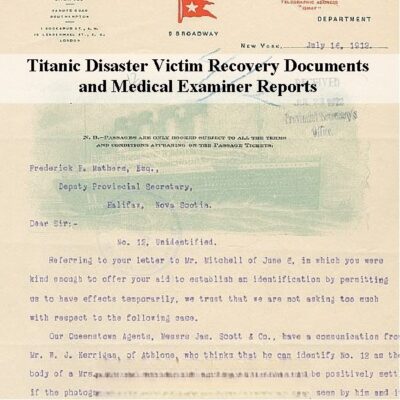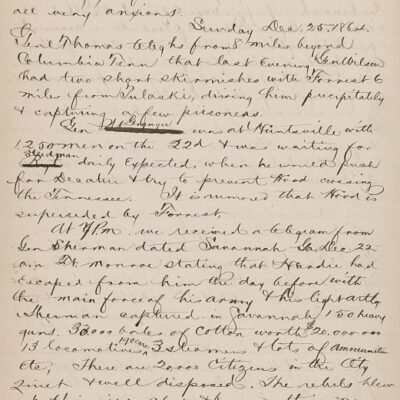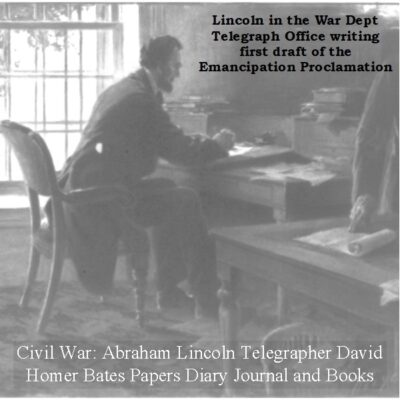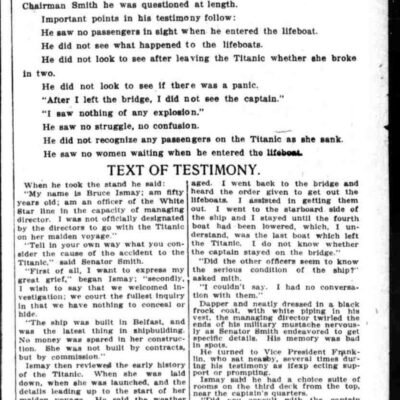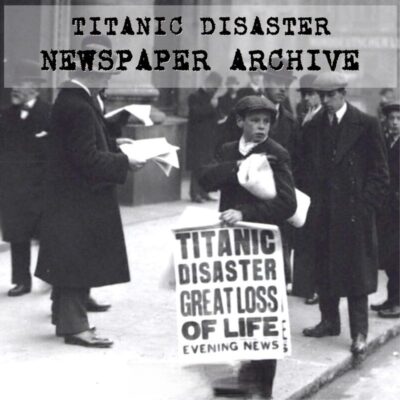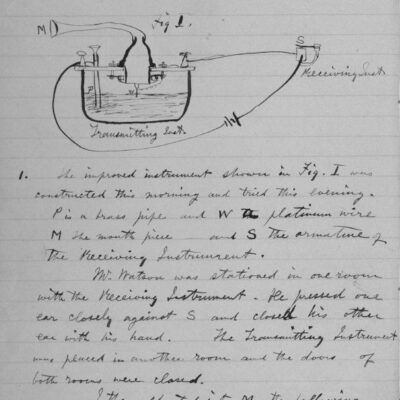
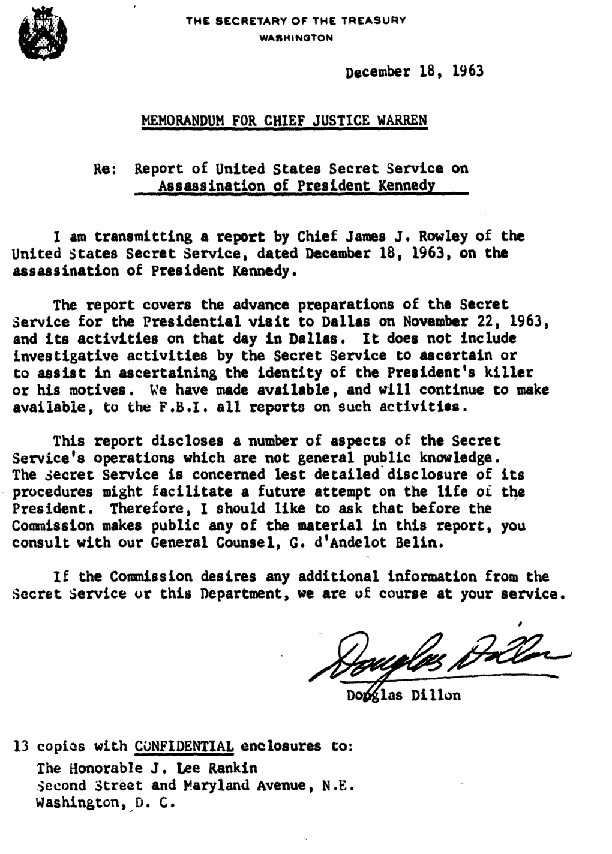
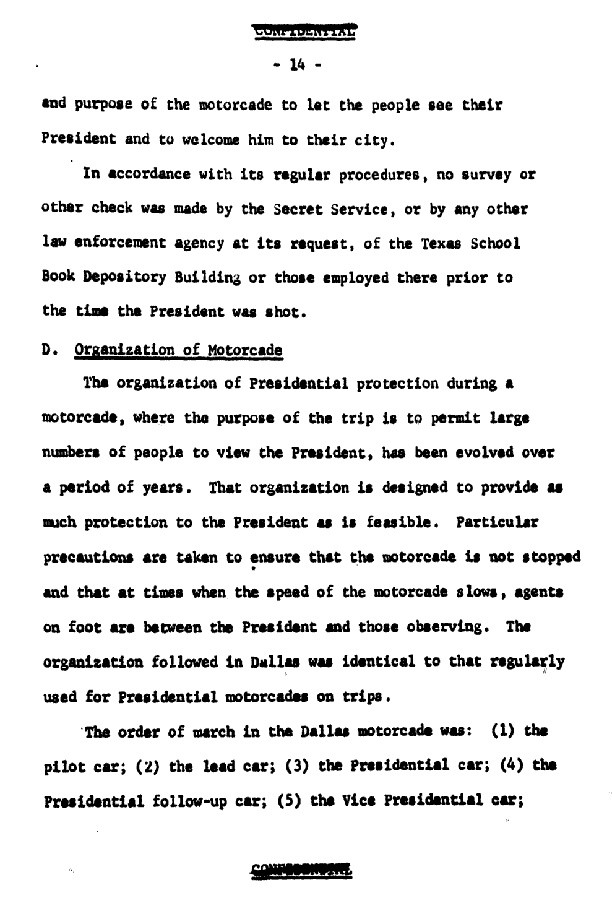

Description
JFK Assassination: Secret Service Reports Timeline & Key Figures
Timeline of Main Events (Based on Source)
This timeline focuses on the events directly covered or referenced in the provided description of the “John F. Kennedy Assassination Secret Service Reports.”
- Prior to November 22, 1963:
- Advance Preparations for Visit: The Secret Service undertook various preparatory actions for President Kennedy’s visit to Dallas. This included:
- Identification of Individuals Believed Dangerous to the President: The Secret Service maintained lists and information on individuals considered potential threats.
- Route of the Presidential Motorcade: The specific path the motorcade would take through Dallas was planned and determined.
- Check of Buildings Along Route of Motorcade: Security sweeps and assessments of buildings lining the motorcade route were conducted.
- Organization of Motorcade: The composition and order of the vehicles in the motorcade were established.
- The Bubbletop: Plans and considerations regarding the use of the presidential limousine’s protective bubbletop were in place.
- Distribution of “Wanted for Treason” Posters: Posters featuring President Kennedy and labeled “Wanted for Treason” were distributed around Dallas prior to his arrival.
- November 21-22, 1963:
- Tentative Itinerary: A preliminary schedule of President Kennedy’s activities during his visit to Texas was drafted.
- President’s Arrival in Dallas (November 22, 1963): The source mentions a “Narrative of Events Prior to Arrival of the President in Dallas” and a “Narrative of Events in Dallas on November 22, 1963,” suggesting the report details the President’s arrival.
- Presidential Motorcade in Dallas (November 22, 1963): The report includes a detailed account of the motorcade, specifically mentioning:
- The Lead Car: The vehicle preceding the President’s limousine.
- President’s Car: The vehicle carrying President and Mrs. Kennedy, and others.
- Follow-Up Car: The vehicle immediately behind the President’s, typically carrying Secret Service agents.
- The Vice President’s Vehicle: The car carrying Vice President Lyndon B. Johnson.
- Assassination of President John F. Kennedy (November 22, 1963): While the exact moment isn’t detailed in this overview, the entire purpose of the reports is the aftermath and investigation of the assassination that occurred on this date.
- Post-Assassination (Starting November 22, 1963):
- Immediate Aftermath: The Secret Service began its investigation into the events surrounding the assassination.
- November 24, 1963 – October 24, 1964: The period during which the 2,422 pages of investigative reports were produced by the Secret Service.
- Autopsy Reports: The Secret Service reports include documentation and information related to President Kennedy’s autopsy.
- Interviews of Marina Oswald: The reports contain transcripts or summaries of interviews conducted with Marina Oswald, Lee Harvey Oswald’s wife.
- Investigation into “Wanted for Treason” Posters: The Secret Service investigated the origins and distribution of these posters.
- Analysis of Lee Harvey Oswald’s Address Book: The contents of Oswald’s address book were examined as part of the investigation.
- Comprehensive Report by Chief James J. Rowley (Dated December 18, 1963): This report detailed the protective measures in place at the time of the assassination and provided a narrative of the events of November 22, 1963. The report also outlined the principles of presidential protection.
- Final Survey Report (Dated November 30, Undated SA Lawson): A report summarizing findings related to security and events.
Cast of Characters (Based on Source)
This list includes the principal individuals explicitly mentioned or whose roles are central to the events as described in the source.
- John F. Kennedy: The President of the United States who was assassinated in Dallas on November 22, 1963. The Secret Service reports focus on the circumstances surrounding his assassination and the security measures in place.
- Marina Oswald: The wife of Lee Harvey Oswald. The Secret Service interviewed her as part of their investigation into the assassination.
- Lee Harvey Oswald: While not directly interviewed in these reports (as indicated), his address book was examined, and his actions are the central subject of the investigation. He is implied to be the assassin.
- James J. Rowley: The Chief of the United States Secret Service at the time of the assassination. He authored a comprehensive report dated December 18, 1963, detailing the security arrangements and the events of November 22, 1963.
- SA Lawson: A Secret Service Agent who authored a “Final Survey Report” dated November 30th (year unspecified in the provided text). Their report likely covered aspects of the security and events surrounding the assassination.
John F. Kennedy Assassination Secret Service Reports
2,422 pages of investigative reports produced by the United States Secret Service in the days following the assassination of President Kennedy on November 22, 1963, copied from material held at the National Archives and Records Administration.
The reports date from November 24, 1963 to October 24, 1964 and contain approximately 2,250 discernible pages.
Materials in this set includes: A collection of reports on investigations by Secret Service agents on issues surrounding the assassination ranging from key fundamentals down to minutia. Reports dealing with aspects of President Kennedy’s autopsy. Interviews of Marina Oswald. A report on the origins of the “Wanted for Treason” posters featuring President Kennedy distributed around Dallas. A copy of Lee Harvey Oswald’s address book.
A comprehensive report dated December 18, 1963 covers the protection in place at the time of the assassination and the events of November 22, 1963. The report is by Chief James J. Rowley of the United States Secret Service. The report emphasizes, “Presidential protection includes not only physical security measures against direct threats or attacks against the President, but protection against accidental and impersonal dangers inherent in Presidential travel and other activities. This responsibility must be carried out, however, in a manner that will not interfere unduly with the official activities of the President or with his personal life.”
The contents of this report:
I. Advance Preparations for Visit: A. Identification of Individuals Believed Dangerous to the President. B. Route of the Presidential Motorcade C. Check of Buildings Along Route of Motorcade. D. Organization of Motorcade. E. The Bubbletop
II. Narrative of Events in Dallas on November 22, 1963: A. The Lead Car B. President’s Car C. Follow-Up Car D. The Vice President E. Information Not Included in Statements
A Narrative of Events Prior to Arrival of the President in Dallas
Exhibits include: Tentative Itinerary for President’s Visit on November 21 -22, Memorandum – PRS Activities in Relation to the Texas Trip and the Assassination of President Kennedy, Memorandum – Procedure for Handling Protective Research Information and Subjects, Scurrilous Circular, Map Showing Route of President’s Motorcade in Dallas, Articles re President’s Trip to Texas in Dallas Newspapers, Final Survey Report, dated November 30, of SA Lawson, Diagram and Photographs of the President’s Car, Specifications of Bubbletop, Assignments of Agents in Motorcade, and Photographs of Elm and Houston Streets and Texas School Depository Building.
